Females in Disney Animation: How are they represented? -The Journey from Snow White to Frozen
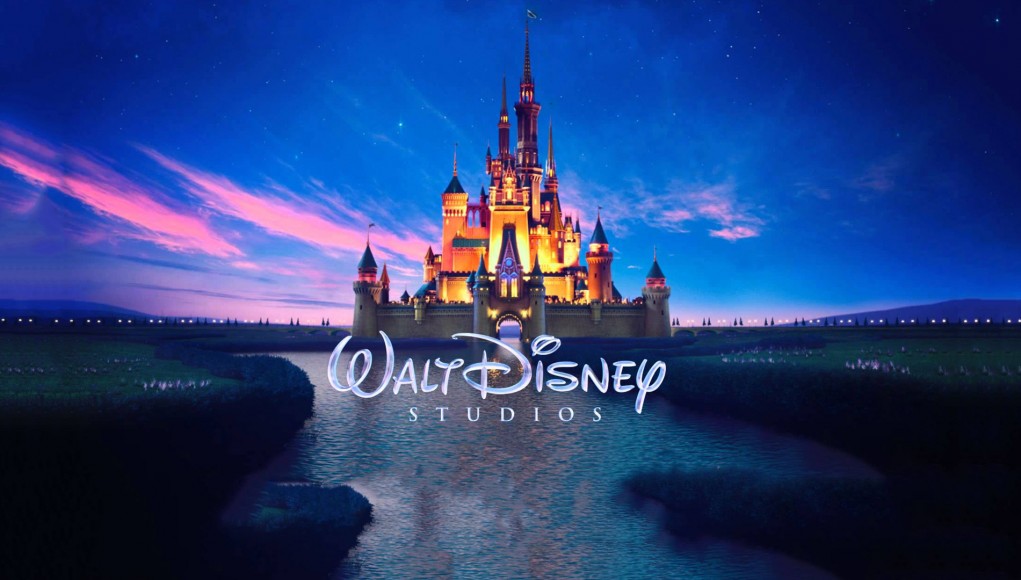
It is evidently shown in Disney’s animated films that the representation of Disney princesses differs greatly from that of their male characters. Disney has been scrutinized by the twenty first century due to portraying most of their classic princesses as docile, acquiescent figures that are highly dependant on male characters. Many scholars have commented on the fact that the princesses are portrayed to have no will, ambition or self confidence, that they are only fit for and want the domesticated, house wife future as they are seen to be so indulged with the idea of longing for a strong prince to come to their rescue. Although classic princesses have been perceived to be portrayed in this manner, from 1937’s Snow White to Disney’s 2012 Brave, Disney has drawn a significant change in Princesses personas. Disney’s most recent animated film Frozen which was released in late 2013 has also been recognized for its reconceptualization of the Disney Princess. Many scholars and critics have commented on this evident transition between Disney’s damsels to the new age heroine’s.
Through research , it was found that the portrayal of women within Disney animation was formed to be of a negative complexion, Princesses were seen to be valued more on their appearance than their contribution to society. Princesses where perceived to be useful for none other than a married life, awaiting their prince to rescue them in order to allow them to excel in nothing but a domesticated lifestyle. Recently, a thesis was conducted by Ashley N. Sims of Hanover College titled ' Images of couples and families in Disney feature-length animated films’ , Within this thesis Sims discussed the gender representations of characters in Disney animation films. Sims states the representation of females within 26 animated classic Disney movies is ‘grim’, she quotes, ‘(a) A woman’s appearance is valued more than her intellect; (b) Women are helpless and in need of protection; (c) Women are domestic and likely to marry; (d) Overweight women are ugly, unpleasant, and unmarried’ (2003: 30)’ (Sims, N, A: pg. 3-4) In this same study of images of couples and families within Disney, Tanner concludes,
‘On one hand, marriage and children are presented as the ultimate goal of life. On the other hand, women are often depicted in marginalized and powerless roles once married with children. Although these messages are beginning to change in some newer films, there are also current films that continue to perpetuate this unrealistic expectation for relationships.’ (Tanner, R, L: 2003.pg.369)
Here, Tanner mentions that within Disney films it is portrayed that a woman’s goal was to be married and have children, but once they attained this ‘ideal life’, women were viewed as powerless and marginalized. Tanner argues that the representation of females in Disney, from Snow white’s generation (1937) is significant, as changes have been made regarding the conduct of female identities in Disney movies. Tanner states that although the transition is happening, currently there are Disney animation’s that still, to this day, portray unrealistic expectations for relationships. Relating back to recently released animations by Disney such as The Princess and the Frog (2009), although Princess Tiana is seen to have a strong work ethic by working as a waitress with plans to open up her own restaurant, once she had enough money accumulated for the restaurant she is then outbid by a higher bidder. In order to get her restaurant, A frog who is actually Prince Naveen, suggests that if Tiana kisses him and turns him back human, he would then fund her in return, in order to pay for the restaurant. On a whole, it shows that the princess is still dependant on the Prince to come to her rescue, This shows Tanner’s statement to stand valid, as although the portrayal of women within Disney has changed over the years, some morals within story lines are seen to remain the same.
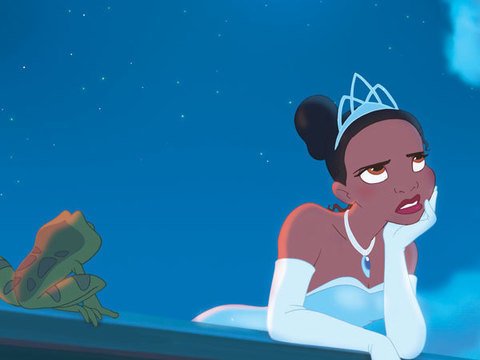
Animated films that were released late 1990’s were also shown to portray females as inferior. Mulan (1998) is a Disney animation that clearly shows the domination of men and depicts women as the subordinate. Within this film, due to the fact that her father was too ill to fight at war, Mulan risks her life by joining the army deceivingly dressed as a male, knowing full well that if she were caught she would be killed. Disney portray Mulan as a motivated, determined strong woman who is fighting by choice, which shows a huge shift in female identity when relating back to Disney’s Cinderella. Once Mulan had saved the country, and the town knew she was female, she was not acknowledged for the good deed as she would have been if she were a man. Sonja Blum comments on the films dynamics,
‘Throughout the movie, women are treated as inferior human beings who are born to serve men, who are not allowed to speak without permission and who have ‘[…] to hold [their] tongue in a man’s presence’.’ Despite Mulan’s achievements as a soldier, she is vituperated as ‘treacherous snake’ from the moment she is discovered a woman.’ (Blum, S: 2007. Pg.6)
Blum then goes on to say, ‘Even after Mulan has saved the country, the Emperor’s counsel still utters the-probably very common- view that ‘she’s a woman; she’s never going to be worth anything’’(Blum, S: 2007. Pg.6) Blum’s example shows that Mulan is a Disney animation where men are seen to act highly derogatory towards women. Although Mulan was seen to take on a heroine’s roll by going out to war, even though she succeeded in fulfilling her role, the men in the film depicted her as a ‘treacherous snake’, due to the fact that she lied about being a woman.
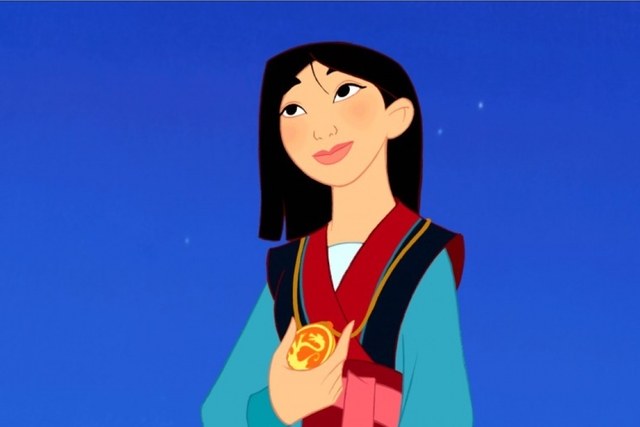
Disney’s animation films are regarded to be created for a younger audience, although this is the case, some scholars have commented that although they may have child like themes within the films, there are always underlying messages as well as duped adult humour constructed within the film. Disney has cleverly disguised the power relations and adult humour in order to create a larger audience, in turn, for both, children and parents to enjoy.
scholar’s such as Libe Garcia Zarranz state,
‘Disney’s machinery transformed a child-oriented genre into a mass-oriented vehicle disguised as innocent entertainment while simultaneously portraying power relations and adult sexuality’ (Zarranz, G, L: 2007. Pg.55) here Zarranz comments that although Disney was deemed to be created for children, they seem to contain underlying adult themes disguised by ‘innocent entertainment’. The likes of Cinderella (1950), Aladdin (1992) and Mulan (1998) are a prime example of this.
On the other hand, recognizing a shift in Disney princess personas, Zarranz also commented on the significant difference between Disney princess Jasmine, of Aladdin (1992) in comparison to other princesses of Disney. She states,
‘One of the features distinguishing a contemporary Disney princess like Jasmine from previous heroines like Cinderella is that she realises the benefits of royalty. Aware of her Fathers inefficiency, Jasmine furiously warns the villain Jafar about his methods… the recognition of power is a mark of transition that differentiates Jasmine from traditional Disney females.’ (Zarranz, G, L: 2007. Pg.58) Within Aladdin, Disney portrays Jasmine to show a slight shift in comparison to previous princess personas’, although slight, this still shows inkling towards the development of princess personas, in hope to portray a stronger female role. Disney portrays Jasmine to be clearly intelligent, where she is ambitious and understands the world around her, although she she is not seen to be docile whereas, princess’s like Cinderella were depicted to be acquiescent beauties that needed rescuing.
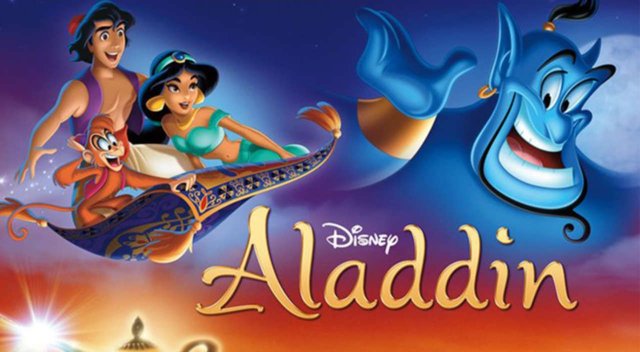
With regards to feminism views on Disney Princesses, most seem to be very concerned about the way princesses are portrayed within animation. Many feminists have agreed that the portrayal of Disney princesses is unfair compared to Princes, or males in general within Disney animation. Feminists have said that the men within Disney animation movies hold the power over the women and the women are portrayed to follow orders, with no will or ambition of their own. Nicole sawyer of James Madison University wrote a conflicting analysis on ‘Feminist outlooks at Disney Princess’s’ she comments on original Disney princess films stating,
‘…Walt Disney has set forth standards for girls on how to grow up into proper women in order to find their prince. It is assumed from the films that women are supposed to be beautiful, acquiescent, skinny, and perform all the duties of a housewife. They do not hold jobs of their own and will not disobey direct orders. Feminists believe that women need to have more independence shown through the films. They want the Disney films to show that women can take care of themselves, have jobs and be leaders.’ (Sawyer, N: pg.3) Here, Sawyer pinpoints the attributes of Disney princesses that are shown within Disney animation, she comments on how they are depicted to the audience, noting that, Walt Disney’s subliminal purpose is seen to set standards of the perfect woman, which in relation to Disney terms, is perceived as the stay at home, pretty, obedient housewife. Sawyer then goes on to state,
‘If the Walt Disney Company releases a princess movie, then the feminists will reject the film and make sure viewers know what is politically incorrect with the film. When the feminists reject the Disney princess film, then Walt Disney Company re-evaluates and tries to please them with their next princess film.’ (Sawyer, N: pg.4)
According to recent Disney animation films of today such as Brave (2012), Sawyer’s point about feminists rejecting princess films shows that Disney has acknowledged the view of feminists somewhat by and therefore have adapted to the generational change regarding the woman's place in society. By redesigning the original Disney princesses in to knowledgeable, self confident, driven females whom are for the first time, not controlled or influenced by the likes of men, but influenced by their will to learn in order to pursue their passions, Disney is moving forward in creating positive, strong female role models.
The very recent film Brave which was release in 2012, showed a huge shift in Disney princess persona. Princess Merida, who is portrayed as to be driven by her own dreams, recreates the princess stereotype. In comparison to early princesses such as Cinderella (1950) and Snow White (1937), Merida, portrayed as a rebellious tomboy, would much rather prefer to ride her horse, climb mountains and shoot her bow and arrow. The shift in female identity is drastic, for the first time in Disney Princess animation history the princess was not distracted by a male character, Moreover, there was not a male character within the film to be distracted by. Princess Merida was also the first princess to have ginger hair as well as a healthy curvy body, which in turn, added to the portrayal of her strong persona and confident personality. An Article written by Judith Welikala and Emily Dugan of ‘The Independent’ entitled ‘How Walt Disney’s Women have grown up’ discusses the change in Disney’s portrayal of female characters, they state, ‘Since the simpering Snow White, to whose beauty even birds were not immune, a lot has changed. Disney’s latest heroine, Princess Merida, the wild-haired Scottish princess from Brave, marks something of a watershed for cartoon films.’ (Welikala, J. Dugan, E: 2012) they both then go on to say,
‘I think Brave is a departure for the Disney heroine. There is a genuine hardship that Merida has to get out of, and she’s a proper heroine rather than a foil for some bloke. Girls have been shown in cartoons as the weaker sex, but she sorts things out for herself. The film shows the cartoon heroine catching up with real-life women.’ (Welikala, J. Dugan, E: 2012) here, Welikala and Dugan state the significant changes within the depiction of Disney princesses. The article states that the revolutionary change has come about with the release of Disney’s Brave (2012) where princess Merida’s actions and persona differ greatly from previous princesses such as Cinderella, Sleeping Beauty and many others. Welilka and Dugan comment that Merida has no interest to be ‘a foil for some bloke’, this shows a significant change within the development of Princess persona’s as previously, in the earlier generation, most princess’s where depicted to show concerns mainly for men.
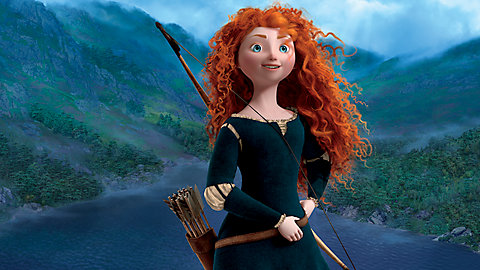
Although, most feminist studies on Disney princesses share the same opinion on women in Disney being portrayed derogatorily, some feminists comment that significant changes are shown in female identity with regards to princesses such as Pocohontas and Mulan. Although some feminists comment that despite playing heroine roles, they are still seen as a subordinate to men, other feminists seem to focus on the transition between damsels to heroines. Cassandra Stover recently wrote a literature piece entitled ‘Damsels and Heroines: The Conundrum of the Post-Feminist Disney Princess’, within this journal article, Stover also discussed the transition of Disney princess’s from damsel to heroine, she comments,
‘If Snow white, Sleeping Beauty, and Cinderella exemplified the traditional Disney female as docile, beautiful objects waiting for their prince to come, then Belle Jasmine, Pocahontas, Meg, Mulan, and Tiana are exactly the opposite: focused, ambitious, and in the case of Pocahontas and Mulan, literally heroic as they perform the traditional prince role and save the day’ (Stover, C: 2013.pg.3) Stover exemplifies that princess’s have evolved within Disney in to strong female characters that are seen to be driven by their own ambitions, she comments that from Disney’s portrayal of Snow White (1937) there has come a highly significant change over the years by making old age damsels in distress in to new age heroines who play the role of the saviour. Stover then elaborates on the revolutionary shift in princess personas,
‘Disney underwent a shift towards a ‘New Wave’ of princess films, which transformed the damsel into a heroine of sorts, with both a voice and a desire for adventure. This new approach ushered in two decades of go getting, proactive heroines, with progressive qualities and character traits that corresponded completely to the increasingly acceptable gender roles in a society where women hold the same job as men’ (Stover, C: 2013.pg.3) Stover clearly recognizes the change that Disney has made within their Princesses, she states that these new age heroines are shown to be equal to men instead of being the subsidiary, Stover comments that the initial shift in equality within Disney animation between men and women stemmed from Princesses such as Mulan and Pocohontas which were released mid to late ninety’s. where as other scholars tend to differ in opinion, and argue that the new age heroines are only coming about recently with the likes of Brave’s (2012) Merida, Frozen’s (2013) , Anna and Tangled’s Rapunzel (2010).
One of Disney’s recent princess films, Tangled, released late 2010 also seemed to show a significant change in the shift of the identity of women. Tangled depicted the main character, Rapunzel, as a free spirit who just wants to learn about the world around her. When Rapunzel is crossed by Flynn, the main male character, who attempts to hide in her tower due to his theft of the crown, Rapunzel's first instinct was to hit him with a fry pan. This scene alone, shows a significant change within princess persona, as previously Snow White (1937) awaited her prince to come and rescue her, where as within Tangled, Rapunzel seemed to have no clue what he was doing in her tower. Never the less, even after she is united with Flynn, rather than falling in love and being indulged by the male figure, Her main concern is still to leave the castle in order to experience the floating lights first hand. This shows ambition within the character, Rapunzel is more concerned about following her dream than to being rescued by the likes of a male.
Natalie Wilson of Ms Magazine commented on the 2010 Disney animation, Tangled. She suggested, ‘One can see Tangled as a transitional movie, an indication of where Disney’s future is headed’ (Wilson, N: 2010) Wilson then goes on to say,
’By films end, she has lost these magical locks after Flynn cuts them to save her life, and her remaining hair- no longer magical- turns brown (talk about latent colour symbolism!). Her ‘happy ending’ involves being returned to her real parents and marrying Flynn, who, the movie makes a point of emphasizing, proposes to her, not the other way around.’ (Wilson, N: 2010) Here, Wilson comments on the fact that the princess’s hair gets cut off in order for her to escape. This transition on it’s own is a huge change from previous Disney princess’s, as back in Cinderella’s day, princess’s were seen for their beauty, where as, ‘Tangled’ focus’s more on portraying that being happy is the most important thing. Wilson also points out that the film emphasized the fact that Flynn is the one that proposed to Rapunzel. This shows another transitional change within Disney Princess’s, as usually it was the princess, the acquiescent ‘damsel in distress’ that was in need of being rescued by the hero, but now, it is shown that the male is who is in need of the woman. Wilson concludes in saying,
‘Admittedly, there are moments where Rapunzel is portrayed as brave and heroic, as when she tells Mother Gothel ‘For every minute for the rest of my life I will fight’ or when she heals Flynn, saves them both from drowning and enables their escape from the Snuggly Duckling. She is an improvement on Snow White, who could only sing to animals and happily clean up after seven dwarfs.’ (Wilson, N: 2010) Wilson’s opinion on the film clearly shows a shift between Disney Princess’s from ‘Snow white’s’ generation (1937) to now, 2010’s Tangled, she states situations within the animation that portray Rapunzel as the heroine, Where as, a couple of years ago, with regards to Disney’s portrayal of damsels in distress, there would have been no such a thing.
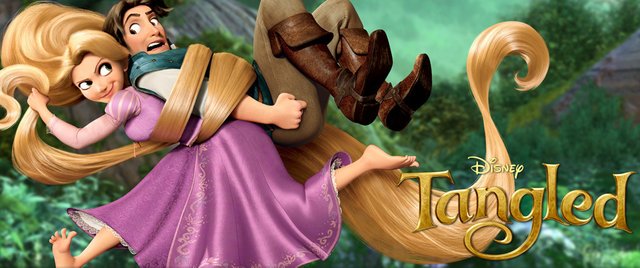
One of Disney’s most recent animations, Frozen, released late 2013, has done well with regards to critical evaluation concerning female identity. The film has been recognized for its positive female role models as well as ambitious, strong, determined female characterization. The story of Frozen revolves around the relationship of two sisters that were kept apart by their parents due to one of their dangerous magical powers. Cindy White of Geek Mom comments on the films dynamics,
‘What drives the film is Anna’s longing to connect with her sister and Elsa’s struggle to protect Anna by keeping her distance. The stakes couldn’t be higher for them. Romantic love is an aside, a subplot; the men are supporting players in this love story between two sisters. I have no problem with them being role models for my daughters.’ (White, C: 2013)
White makes the story line of Frozen clear, stating that the main plot of the movie consists of two sisters trying to form a bond, this, on it’s own shows a further great change in Disney animation as there has never been two princesses, or an animation where the basis of the story is revolved around two women attempting to create a bond. White implies that Frozen has a positive influence on young girls and this is clear to see within the story line . White also states that the men are the ‘supporting players’ of a love story between two sisters, this shows a revolutionary change in princesses over the years in Disney animation, especially contrasting with, 1937’s classic Snow white.
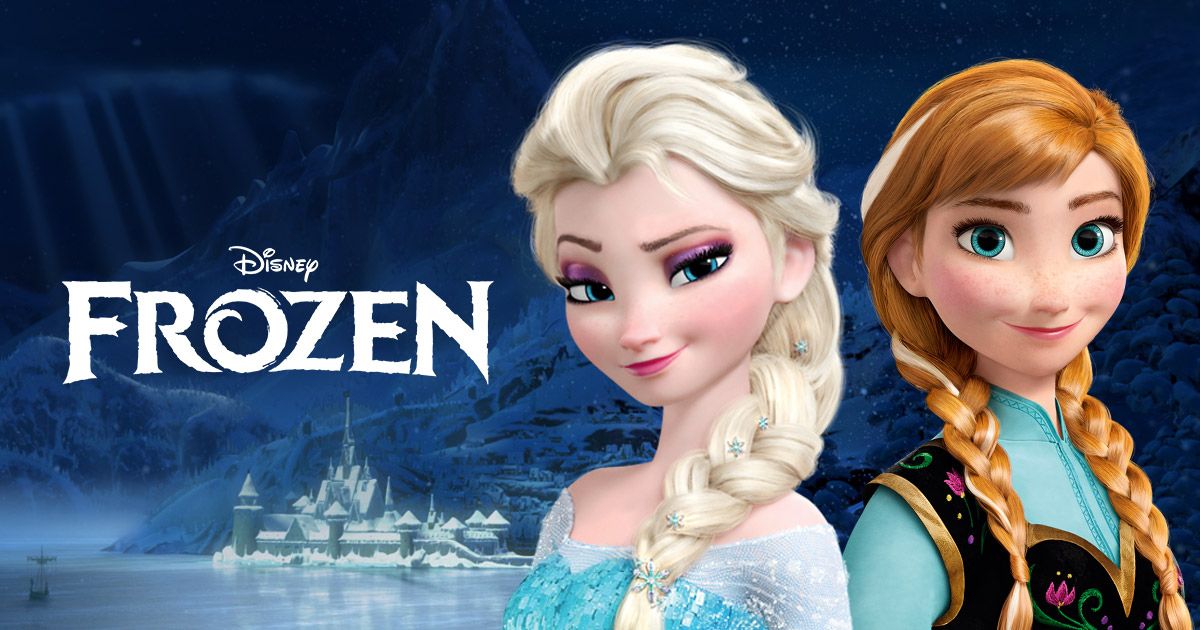
In conclusion, studies show that over the past few years, Disney’s main female characters and princesses have evolved thoroughly in both persona and image. Disney has depicted the once damsels in distress, to new, reformed, strong, ambitious women who are less concerned with being rescued by men and more concerned with their aspirations and future. The new age heroines are depicted to be much more intellectual and self-driven than previous princess’s, they are seen to take control of their own life and fulfil any dreams they may have, whilst previously, they were depicted as docile, acquiescent figures who had no determination to lead their own lives.